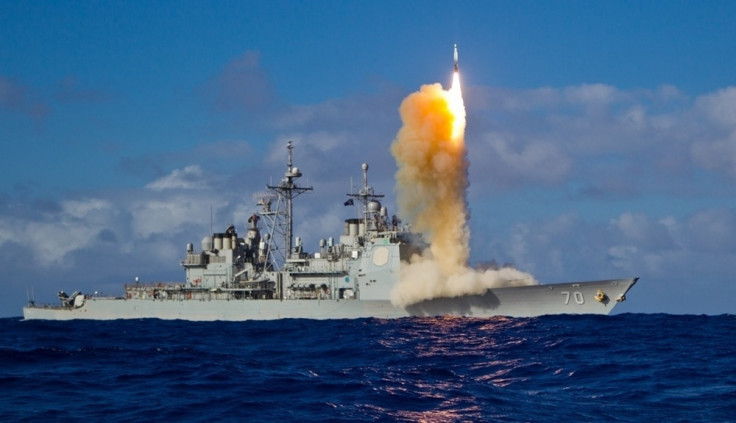US ballistic missile interceptor system fails in launch test for the second time in six months
"Upon acquiring and tracking the target, the ship launched an SM-3 Block IIA guided missile, but the missile did not intercept the target."

The SM-3 Block IIA ballistic missile interceptor system failed a test launch last week and it is the second one to fail in the last six months. This comes at a time when North Korea is showing off its weapons, especially its ballistic missiles — the ones that the SM3 has to defend the States from.
The Block IIA is the most recent iteration of the SM3 systems, notes a report by Popular Mechanics (PM). This version of the missile has reportedly been under continuous development since the early 2000s by both the US and Japan. One facility or one ship with SM3s is reported to be able to cover several thousand square km of land.
This failed test saw an SM3 attempt to find and destroy a medium-range ballistic missile (MRBM). It was launched from the Pacific Missile Range Facility at Kauai, Hawaii. A statement from the Missile Defence Agency (MDA) noted: "The USS John Paul Jones (DDG 53) detected and tracked the target missile with its onboard AN/SPY-1 radar using the Aegis Baseline 9.C2 weapon system."
"Upon acquiring and tracking the target, the ship launched an SM-3 Block IIA guided missile, but the missile did not intercept the target."
A report by The Diplomat noted that MRBMs are missiles with a range of between 1,000 km and 3,000 km. North Korean Pukkuksong-1 submarine-launched ballistic missile and Pukkuksong-2 solid-fuel missile are both, by this definition MRBMs.
SM3 missiles are designed to be launched from destroyers at sea and the Aegis Ashore facilities. Recently, reports emerged that Japan has acquired four of these facilities to protect itself from North Korean nukes at a cost of over $33m a piece (~£ 23m).
The last test, which also failed, took place in May 2017, when an operator reportedly pressed the wrong button during the test, note the PM report. The button is used to self-destruct the SM3 in case the missile it is chasing is a friendly one. While it can be said that the self-destruct option worked well, that was not the point of the test, notes the report.
Apart from the failed test, PM points out that over the course of last year, the US Navy has already lost two of its eight ballistic missile destroyers stationed near Japan to mishaps. Both the USS McCain and USS Fitzgerald were lost when they collided with civilian vessels and are now taken out of service. The Rand corporation only in December warned that the US arsenal is so weak that it would lose in a war with China and Russia.
While the US Navy is testing the expensive anti-missile missile, another form of ballistic missile defence is also being developed. Using artillery guns, the Army is researching ways to shoot down missiles with high-velocity shells.





















